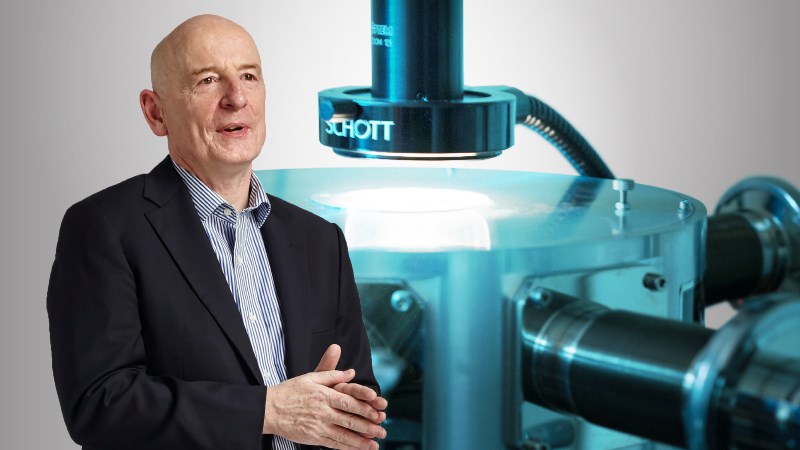Securing communication

We are leading the way in developing practical quantum communication and imaging approaches to secure data systems from global cyber-attack.
Professor Gerald Buller and Professor Ajoy Kar, of our Institute of Photonics and Quantum Sciences, were formally made Fellows of the Optical Society of America (OSA) in May 2017, joining a global group of leaders in optics and photonics.
Professor Buller was awarded his Fellowship ‘for pioneering work in single-photon detection and applications of single-photon technology in three-dimensional imaging and quantum communications'.
In recent years quantum information research has led to the discovery of a number of remarkable new paradigms for information processing and communication. These developments include quantum cryptography schemes that offer unconditionally secure communications guaranteed by quantum-mechanical laws, and quantum computers that, if realised, could make today's public-key based data security systems more vulnerable to eavesdropping attacks.
Evidently these potentially disruptive security technologies could be of high strategic and economic value in the future. The challenge for Professor Buller's team is develop practical quantum communication systems that are secure from malicious intervention.
Real-world impact
The next revolution in imaging will almost certainly be spearheaded by the use of quantum-enhanced imaging approaches, for example sparse single-photon and, ultimately those approaches that use the effects of quantum entanglement. Such a revolution will necessarily require fast timing of the detection of single photons, the individual quanta of light. By carefully imaging using single-photons with fast detectors, it is possible to create depth and intensity images even if the image consists of less than one photon per pixel, on average. This means that is possible to create accurate three-dimensional images using less than 1000 photons.
By comparison, a typical smartphone will require well in excess of a billion photons to produce a high resolution two-dimensional image. This gives the potential of quantum-enhanced imaging approaches yielding fast and accurate 3D imaging in extreme conditions of low light or high scatter, such as those found underwater or in low visibility environmental conditions.
Key information
Gerald Buller
- Professor
- g.s.buller@hw.ac.uk